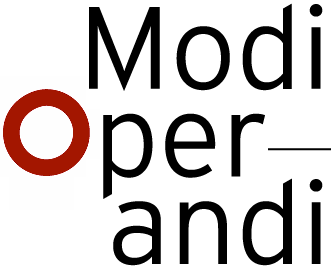PREFACE: FUNCTIONAL INDETERMINACY
Architectural practice is often preceded by experience, shaped by knowledge and repetition, and influenced by unconscious processes. What if a tool could be introduced to replicate these mechanisms within the design process? And if so, how could Indeterminacy be integrated into architectural discourse? This tool would rely on the awareness and responsiveness of the design process itself. At its core, it would involve the use, consideration and representation of Indeterminacy as an active force shaping spatio-temporal complexities.
Thus, Indeterminacy must be understood as a multifaceted phenomenon. It bridges the gap between what exists and the transformations that shape the final outcome. It serves as a means of investigating the unconscious dimensions of design, particularly its representational and operational power. This aligns with Bataille’s notion that architecture is another name for system itself, for the regulation of the plan: ‘(it is) the human ideal’. It immobilizes ‘harmony, guaranteeing the duration of motifs whose essence is the annulment of time’.[2] Within this framework, Indeterminacy is not merely a design method but a dynamic model — one that provides a means to shape and understand space, matter and form across different temporal and transitional phases. The process only becomes meaningful when its stages are carefully orchestrated, revealing the deeper implications of Indeterminacy.
The theoretical component of this proposal serves as a foundation for the research, directly addressing the key questions posed. First, it is essential to explore Indeterminacy as a methodological tool and its relevance in contemporary architectural discourse through specific case studies. Second, Indeterminacy will be examined as an analytical lens for interpreting and understanding landscapes as dynamic entities. The spatial, temporal and simultaneous nature of landscapes will be highlighted as the guiding ‘praxis’ of the theoretical investigation. Finally, this study will seek to define the landscape as an ambiguous, ever-evolving space, shaped by external actions and forces. More significantly, it will explore how Indeterminacy functions as a tool for organizing spatial and socio-political agencies, ultimately providing a precise definition of the territory.
